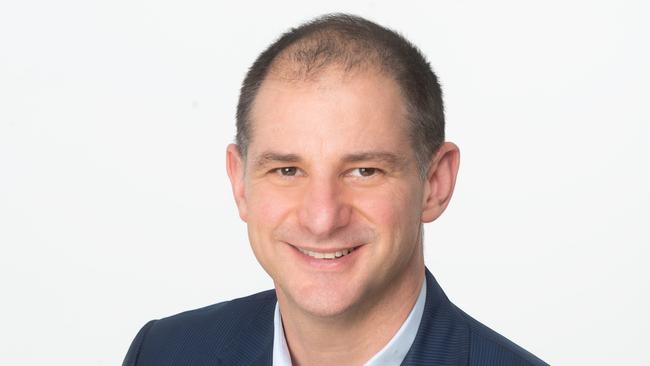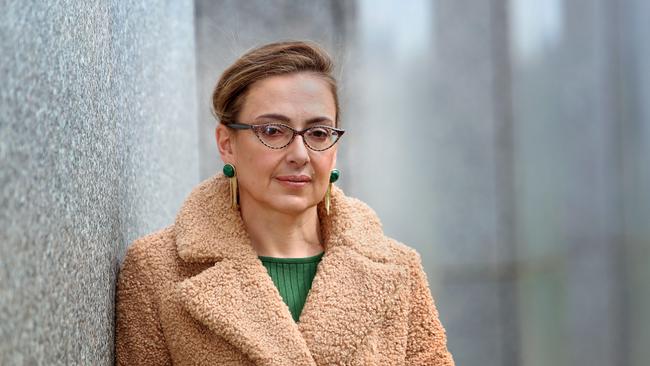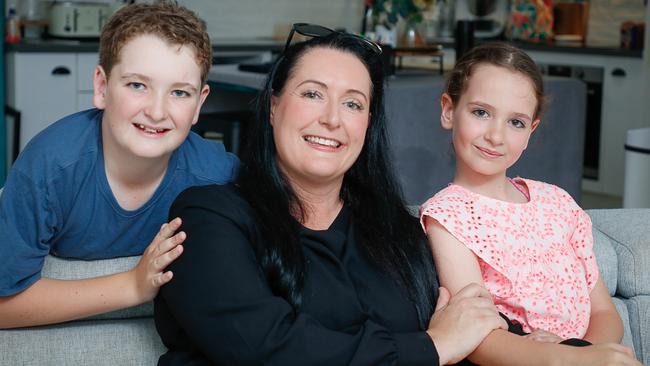Cheapest health fund policies revealed as Australians pay up to $3800 more
As the cost of living crisis bites there is a way households can save up to $3,800 a year by switching their health fund policy. See the full list and compare prices in our health premium calculator.
Health
Don't miss out on the headlines from Health. Followed categories will be added to My News.
Special Investigation: Health fund members are paying up to $3800 a year more than they need to for health insurance if they don’t shop around.
A major investigation has uncovered some insurers raised premiums by up to 14.4 per cent this year, well above the 2.9 per cent “average” claimed by Health Minister Mark Butler.
And it shows huge difference in prices for similar policies, with some Gold policies costing
$252 (NSW) $286 (Vic) $276 (QLD) $219 (SA) $268 (Tas) $276 (NT) more per month than others.
Some Silver plus policies cost $318 more than others.
News Corp has compared the price of every health fund policy in the country and found the cheapest Gold policies were offered by not-for-profit funds, including St Luke’s, Mildura Health Fund, CBHS for Commonwealth Bank employees, Teacher’s Health and Navy Health.
Unlike big for-profit funds like Medibank, Bupa and nib, these mutual health funds don’t need to set aside money to pay dividends to shareholders or make a profit.
“Members Health funds don’t have to generate profits for shareholders or overseas investors, so can give back more in benefits than would otherwise be the case.” Mathew Koce, chief executive of the funds lobby group Members Health, said.
They also pay back 83.3 per cent of their premium revenue in benefits to their members compared to the 80.2 per cent rebated by for-profit insurers, he said.
However, some of these funds are “closed”, meaning you have to be a member of a workforce such as a teacher or be in the Navy to join.
“Even if you don’t work in a particular industry, you can often qualify for membership through a family member that does – such as a parent, child or grandparent,” Mr Koce said.
You can check on the Member’s Health website to see if you qualify to join some of these cheaper funds.
The good news is the cheapest mutual funds — St Luke’s and Mildura Health — do not restrict membership.
The cheapest Gold family health insurance product in the country is St Luke’s with a price ranging between $369 in Tasmania to $404 in NSW. This policy has a $1000 per person excess so it will not help you avoid the Medicare Levy surcharge if that concerns you.
The next cheapest Gold family product open to everyone is offered by Mildura Health. Costing just $440 a month, it is hundreds of dollars cheaper than many SilverPlus products on the market and it will help you avoid the Medicare levy surcharge.

CBHS Health for Commonwealth Bank employees offers family Gold cover for $431 per month.
Teachers Health Gold cover with a $500 excess costs just $450 for families. It is more than $250 cheaper than the highest priced Gold cover and nearly $100 a month cheaper than some Silver policies.
You can use our online health fund tool to find the cheapest and most expensive single and family products open to the general public.
The government private health insurance tax rebate can shave up to 24.6 per cent off the premium depending on your income and up to 32.8 per cent if you are aged over 70.
Not all health fund cover is identical. It is important for you to compare the details of your current policy against cheaper options before you switch to make sure you are covered to the same extent.
Our investigation has found some Basic and Bronze packages now cost more than Silver and many Silver Plus packages cost more than Gold.
And at some funds policies where you pay a large excess of $750 were actually more expensive than policies at other funds with smaller excesses of just $500 or even $300.
TRY OUR HEALTH PREMIUM CALCULATOR
Premiums are meant to rise once a year on April 1 but many funds delayed their premium rises in 2022 and again in 2023 because of the huge profits they made from Covid.
As of October 1, all the major funds have increased their premiums and we compared them to the prices they were charging after last year’s premiums took effect.
The government claimed the “average” rise in 2023 was 2.9 per cent but our analysis showed Medibank members experienced premium rises of up to 14.4 per cent.
This is because the fund delivered two rises in 2023, one in January and another in July after deferring its 2022 premium rise until January this year.
Many other funds raised premiums on some policies by well over 10 per cent.
We found over 60 products that had no price rise and four that actually became cheaper by between 1.7 and 4.4 per cent.
The 10 cheapest health fund Gold policies in NSW are all offered by mutual funds, nine of the top 10 most expensive products are offered by for-profit funds.
Mr Koce urged those considering changing their health insurer to call funds directly rather than use a third party broker.
“Online brokers charge commissions and can be selective about what offer. The best value for money product may only be available directly from the insurer,” Mr Koce said.

Private Healthcare Australia chief Dr Rachel David said “ despite cost of living pressures and increasing financial stress, more than one million Australians have taken out private health cover since the start of the pandemic to avoid long waiting lists and access urgent treatment, such as mental health care.”

Consumer’s Health Forum CEO Elizabeth Deveny said her organisation “is not surprised by
the recent data comparison which shows that consumers can save thousands of dollars a year by comparing different private health insurance policies”.
“It is important though for people to remember that Australia has an excellent public hospital
system and whether you have insurance or not, you will receive medical attention especially in an emergency,” she said.
The CEO of Navy Health Ron Wilson said “the not-for-profit and member owned health funds focus on delivering the best services and cover for their members.”

‘I LOOKED AT THE DEALS’
Elisha Salkeld’s family has always had private health cover for peace of mind and know price comparisons are important.
“I shopped around, I looked at the best deals around and reputation. I do look at reviews especially being in marketing,” the Gold Coast mother of two said.
However, it is three years since she and her husband Shane purchased their current Silver policy and they did not realise price differences between family policies could now be as high as $3800.
“I’d definitely look at it again. With the cost of living at the moment, you know, we’ve got a mortgage and since we moved in, it’s just skyrocketed. With school fees next year when my son hits high school any saving is definitely a bonus for us,” she said.
The 44 year old, who runs a marketing business called 3Peas, said comparing private insurance products could be confusing and it was hard to find the time to invest in the research every year.





